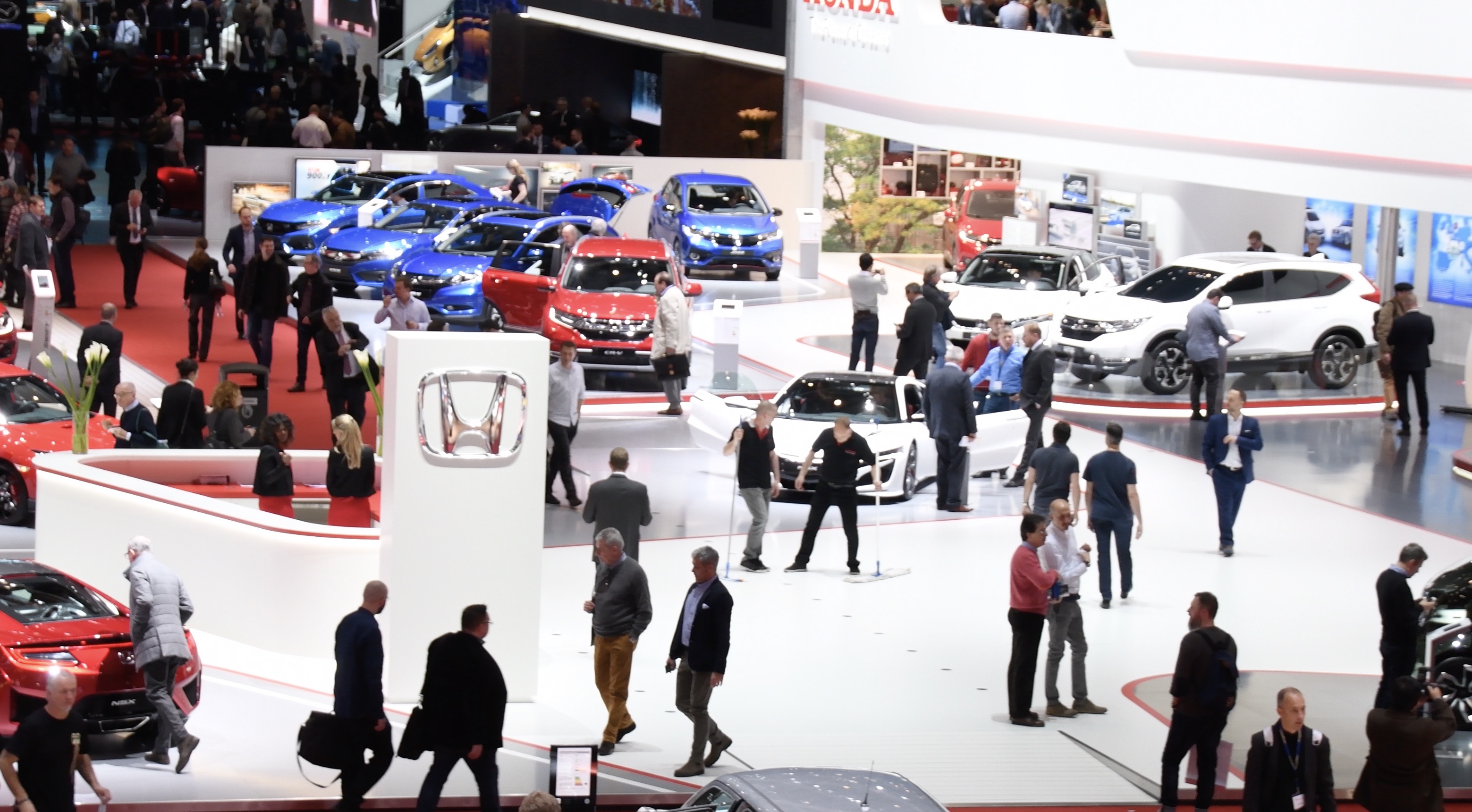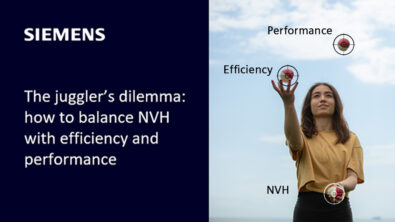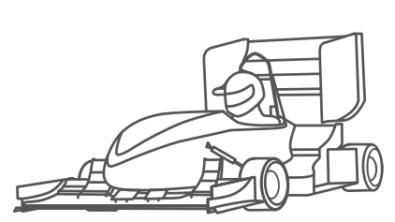The Psychology of NVH

Just over a fortnight ago, I was at the 88th Geneva International Motor Show.
Upon entering hall 2, which is elevated so you have a nice view over halls 3, 4 and 5, I couldn’t help but notice the prevailing presence of Japanese OEMs at this event. Just in terms of floor space, combined, they must have been taking up over a quarter of the dedicated Palexpo infrastructure. Only after my visit to the show, on my plane back to Belgium, did I read about how Japan indeed runs a close race with big “auto-nation” Germany – sometimes even overtaking them – when it comes to the manufacturing and export of cars.

Find out more about the 88th Geneva International Motor Show from Jenn Schlegel here
“Overtaking”, at least in the automotive industry, is associated with increased engine performance (you’ll see where my obsession with the Japanese car industry comes from in a minute, but first this). In layman’s terms: you step on the gas pedal, maybe shift gear and accelerate. For hybrids this sometimes means switching out of full electric mode as the combustion engine is prompted to engage as well. In any case, whenever any type of engine is pushed to a higher level of performance, noise typically results.
This is OK for two reasons.
First off, we kind of like it (there, I said it).
Being the driver of the overtaking car, you are reminded of how performing your car really is – you paid for that, remember. Moreover, you may secretly enjoy how others in your immediate surroundings get to appreciate the full extent of your maneuver as well. Indeed, sports car manufacturers spend millions of dollars on the acoustic design of their tailored car sound for this reason alone. And the driver of overtaken car might even vaguely appreciate the acoustic warning of someone coming up at his left side.
Secondly, and I’m finally getting to my point here, we expect noise to happen.
We know it’s coming and we might be surprised, or even slightly worried if it would not be there. You’re reading this right: I’m making the case that over the past couple of years, NVH of cars got intertwined with human psychology.
This perhaps most clearly shows when we consider engine restart. So basically, when one decouples in front of a red light, the engine(s) shut down and radio and AC switch to the car battery for food. If the volume of that radio is turned up high enough, causing some noise and vibrations itself, you might not even notice this is happening. You will however notice when the light turn green, and you release the brake to get going again. And contrary to the very start of your drive, when you turned a key or pushed a button, you did not give an intentional command for the engine to behave on its own. The car decided for itself, and you are left less certain about what to expect – also in terms of NVH.
So the difference between normal start and restart is that we expect noise and vibrations to occur in the former case. While expectations are difficult to objectify and therefore generalize, the only effective strategy seems to be to reduce restart vibrations to their absolute minimum, without compromising engine performance (see the part above about overtaking…).
Honda R&D, top 3 Japanese OEM, is ready to take on this challenge, which I’ve tried to show here above is a complex one. Using Simcenter soft- and hardware, together with Simcenter Engineering and Consulting staff, they set out to develop a new prediction technique and a new evaluation method for engine restart vibrations.
This method is revolutionary because it is model-based, and so manages to predict the entire powertrain restart process. With this new method, Honda can now determine the parts characteristics for the engine restart vibration, as well as other noise and vibration phenomena, such as idling noise and vibration, as from the vehicle design stage.
And believe me, this is a big deal.
Hear, and see all about it in this video testimonial of Satoshi Watanabe, NVH expert at Honda R&D:


